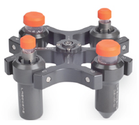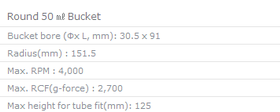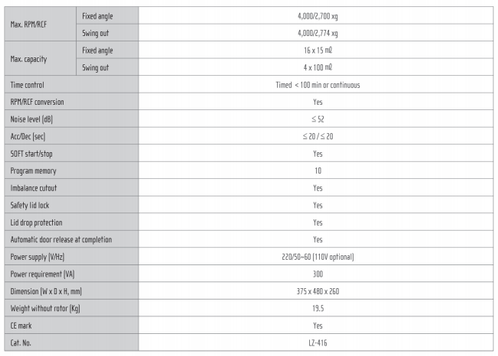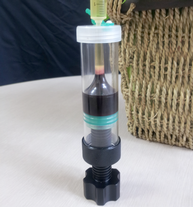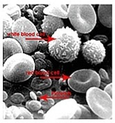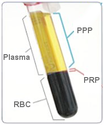Centrifuge - PRP
Main menu:
Centrifuge
PRP Kit | Centrifuge | Anticoagulant | How to Use

Centrifugation |
|||||
Centrifugation is a process that involves the use of the centrifugal force for the sedimentation of mixtures with a centrifuge, used in industry and in laboratory settings. This process is used to separate two immiscible liquids. More-
A centrifuge is a piece of equipment, generally driven by an electric motor (some older models were spun by hand), that puts an object in rotation around a fixed axis, applying a force perpendicular to the axis. A centrifuge is also used to separate the components of blood in blood banks. The centrifuge works using the sedimentation principle, where the centripetal acceleration causes denser substances to separate out along the radial direction (the bottom of the tube). By the same token lighter objects will tend to move to the top (of the tube; in the rotating picture, move to the center). Wipipedia, 06/2013 |
|||||
|
|||||
Centrifuge for PRO- |
|||||
Model 416G |
|||||
|
|||||
|
|||||
|
|||||
Applications |
|||||
Clinical applications for PRP, PRF, lipid cell, and stem cell isolation |
|||||
|
|||||
Features |
|||||
|
|||||
|
|||||
Rotor for the PRO- |
|||||
|
|
|
||||
Rotors for various applications in the hospital/clinic |
|||||
|
|||||
|
|||||
Technical Specifications |
|||||
|
|||||
|
|||||
PRP after centrifugation with PRO- |
|||||
|
|
|
|
|||




